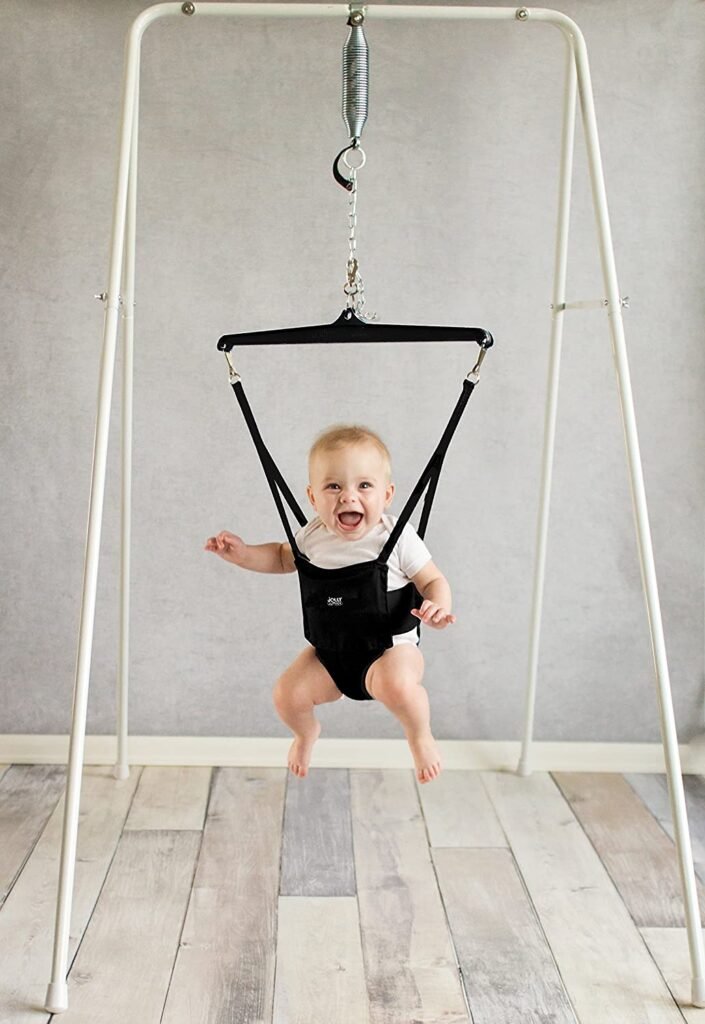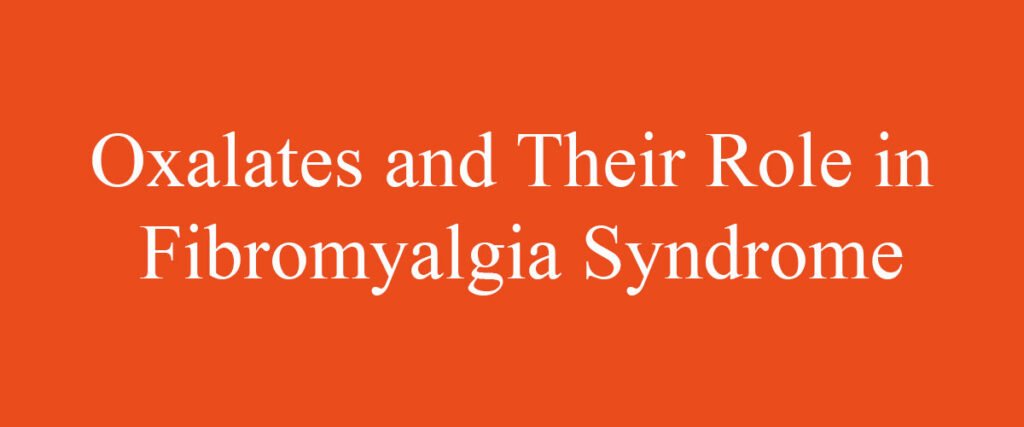[Updated on 1 May 2024] Most people feel having good posture is all about carrying themselves in a particular way. Standing up straight, not slouching, and ensuring your shoulders are always back. However, getting a good posture is more than just improving the way you stand and sit. It’s also about having a strong core that you can get by doing core training. Having a strong core is essential for good health and comfort. There’s a lot of physiological problems for something that most people will brush off with good manners. Apart from your abdominal muscles, your core includes your hips and back that work hand in hand to stabilize and keep your spine in proper alignment. Individuals with weak cores will have a spine that lacks the right amount of support to give that natural perfect posture. This issue forces other muscles to strain to keep you erect, which…
Why Do Muscles Feel Stiff and Tight?
[Updated on 1 August 2022] Are you feeling muscle stiffness after changing exercise routines, overusing muscles, or being physically inactive for long periods of time. Maybe your range of motion is actually restricted, or it simply feels that way. Do you feel Stiff? Tight? Do you think your range of motion is restricted? They’re frequently linked, but they aren’t the same, and they aren’t always the same. It is essential to know the difference between these two things. You can state that you’re stiff. “Stiff” and “tight” are imprecise, informal, subjective phrases; they imply obnoxious feelings that indicate little sickness or minor discomfort. To put it another way, stiffness is a symptom. It’s a typical symptom that people are continuously attempting to remedy. They’re stretching and contorting in hot yoga sessions. They’re striving to improve their posture. They visit chiropractors for “adjustments” and massage therapists for “release.”. The majority of…
Inversion Therapy Reduce 50% Likelihood of Surgery in Patients With Sciatica
[Updated on 1 August 2022] Inversion Therapy is Associated with a 50% Reduced Likelihood of Surgery in Patients With Sciatica A study published in the Journal of Physical Therapy Science; offers hope to those suffering from sciatica and lumbar disc disease: surgery may not be your only option for alleviation. Newcastle University researchers discovered that inversion therapy with a Teeter inversion table; reduces back pain and sciatica symptoms for people who may even avoid surgery. The effects of frequent inversion treatment on pain symptoms in patients with sciatica; who are going for surgery were examined in a case-controlled study. The goal of the research was to compare symptoms and surgery rates; following inversion for 85 participants with those of three control groups.” According to the researchers, inverted patients who used a Teeter inversion table to promote lumbar disc herniation and sciatica were 50% less likely to require surgery than matched…
Does Inversion Therapy Help With Back and Neck Pain?
[Updated on 1 August 2022] Inversion tables are simple devices that flip upside down and are used to help people with various problems ranging from back pain, neck pain, sciatic pain, carpal tunnel syndrome, and chronic headaches. One method of using an inversion table involves using it on your back to do light acupressure on your back muscles. Inversion therapy has been around for a while, but its recent popularity can be attributed to the release of the documentary titled “Mirror Ball”. The film, directed by James Mielke and written by David Williams and Ethan Zuckerman, explores the history of inversion tables (OTB) and their role in helping people with spinal problems. The movie also highlights how they are used as a complementary treatment to conventional treatments like physical therapy and chiropractic care. While this approach is not new, the popularity of inversion therapy has only recently started to grow.…
Jolly jumpers and infant development
[Updated on 1 August 2022] Intro We’ve seen a lot of recent news aboutJolly Jumpers and the potential impact on infants’ lower limb development. We hope this is only the tip of the iceberg. We’ve also seen a lot of recent coverage about Jolly Jumpers being great for older children (and adults!), but we think that too is an oversimplification. The Jolly Jumper allows babies to develop their gross motor and body coordination skills. The harness keeps them from falling over when they run about. They strengthen their muscles and balance while they bounce. This innovative baby toy is designed to ensure that your child’s spine is correctly supported. It also ensures that they maintain an upright posture as they jump about, keeping them safe. It’s true that a high proportion of those who start using Jolly Jumpers tend to grow out of them, but they do persist. They are…
Oxalates and their role in Fibromyalgia syndrome
[Updated on 1 August 2022] Oxalates are nontoxic organic chemicals that may be found in certain foods, particularly vegetables and fruits. The formation of oxalic acid crystals in muscle and connective tissue cells is a possible cause of muscular pains and discomfort in people who suffer from Fibromyalgia syndrome (FMS). FMS can be a debilitating condition that affects many systems in the body. It differs from arthritis and autoimmune response in that the muscles are not inflamed on biopsy. However, the discomfort can be just as severe and FMS is frequently unresponsive to medication. Other symptoms of FMS include chronic fatigue, headaches/migraines, brain fog, yeast overgrowth, sleeplessness, and hormone imbalance. For many years, individuals with congenital hyperoxalosis have been advised low oxalate diets. People who suffer from this condition are prone to develop kidney stones and crystal arthritis. Oxalates can also cause other diseases, such as vulvodynia and vestibulitis (pain and inflammation…
Gluten Sensitivity and Female Hormones
[Updated on 1 July 2022] Gluten sensitivity is a prevalent yet little-known cause of female hormone abnormalities that affects a large proportion of patients. Gliadin is the offender, which is present in certain gluten-containing grains and causes symptoms in gluten-intolerant individuals. The most difficult grains to digest are wheat, rye, barley, spelt, and kamut; but corn, rice, millet, and buckwheat are generally regarded as safe. There is some disagreement about whether or not oatmeal is safe. Gliadin, when ingested in gluten-free products, combines with an enzyme called transglutaminase to create an inflammatory, autoimmune reaction in the small intestine. Gluten sensitivity can lead to malabsorption. Gluten sensitivity destroys the villi on the lining of the small intestine, preventing adequate nutrient absorption and resulting in chronic nutritional deficiencies as well as uncomfortable intestinal symptoms including bloating, gas, diarrhea, and constipation, as well as other signs such as tiredness, sadness, moodiness, and anxiety.…








